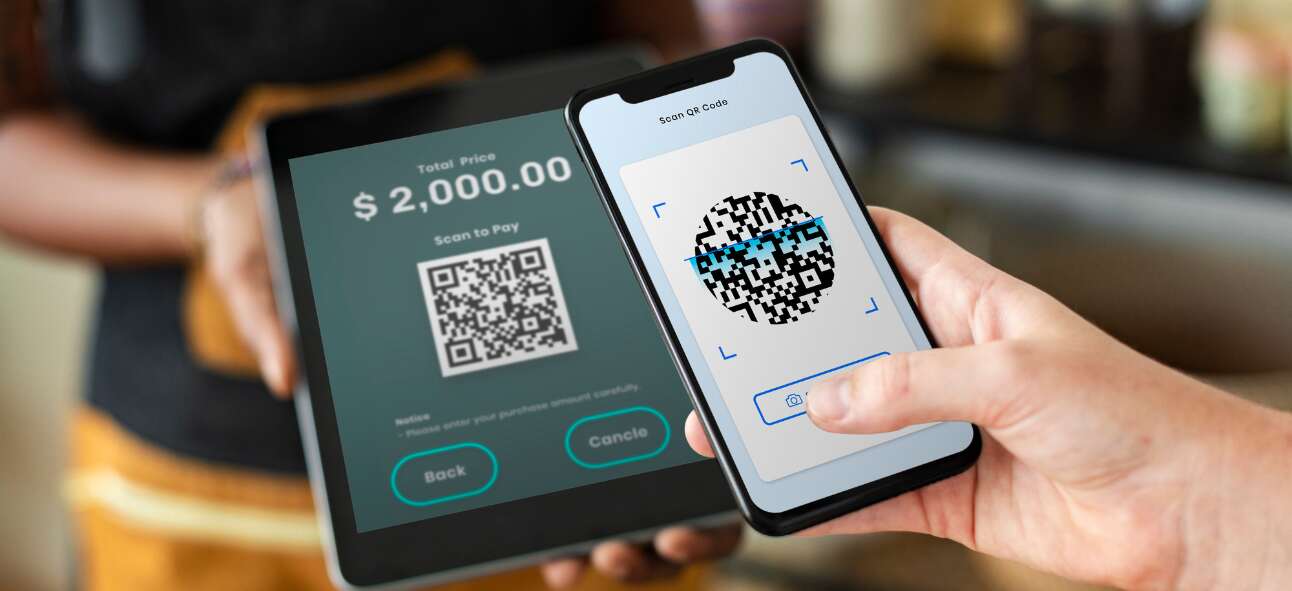Category: Payments
Mobile payments are fast becoming the norm in Europe. More than half of all e-commerce sales in Europe takes place through mobile devices. Europe has some of the highest internet penetration rates in the world. A mobile payment gateway is hence crucial for businesses of all sizes.
Digital payments are soaring along with e-Commerce. Working with the right payments partner can have a wealth of benefits. A third party provider might be a better choice and more suitable for your business if cost and flexibility are what you’re looking for. But how do you choose the best one for your business? Read on to know more.
To pay online or to sign up for any service requires sharing some form of ID. But sharing personal details online also brings its share of security concerns. A secure and trusted identity service, the EU Digital ID is on its way. The proposed EU Digital ID wallet is a much-needed step towards creating a safe and secure pan-European payments ecosystem. Know how it will make your payments safer and easier
Did you know you can accept online payments without a website? You can collect payments quickly even when not interested in building a website. So accepting online payments without a website or online shop is possible. But how do you go about it? Learn more in this blog.
Instant payments are in high demand. Adding quick and easy, touch-free payment options helps you to be seen as a business that cares for your customers’ safety and convenience. Learn how to take payments on the go, reduce in-store queues and speed up your checkouts.
Instant payments are a great choice for both domestic and international payments as they are transforming the payments landscape across the world, being fast, secure, and easy, making them. This real-time payment system offers European merchants a fast and easy way to transfer payments across the region. Learn more about how it helps businesses in Europe.
Brands today are using automation to speed up sales and protect against credit risks. Automating your AR helps you achieve more efficiency in your payments and reduce payment delays. Empower your team, optimize revenues, and streamline your payments with accounts receivable automation. Read how Accounts Receivable Automation helps you avoid late payments.
Small businesses that rely on cash give you worries about late payment troubles. To avoid it and to focus on your business, you must protect cash flows and ensure on-time payments. Pay-by-link is a simple and effective tool to collect your payments on time. Learn more about how to use them for your business.
If you have found yourself asking this question – “Can I use SEPA to send or accept payments between the UK and the EU?” – then the short answer is, yes, you can. Since Brexit, you might expect new rules since the UK is no longer a part of the EU. If you are a business that wants to make SEPA payments from the EU to the UK and vice versa, read on to know more.
The Faster Payments Service makes real-time payments of up to £ 1 million possible anywhere in the UK. This means you can settle payments in a matter of seconds and also pay your suppliers on time if you are based within the UK. Know more about how it saves time, money and hassle.
Cross-border payments might soon be as easy as sending a text message. Sounds incredible? Banks and governments are already working to make this a reality. Learn how P27, the pan-Nordic instant payments platform, is set to transform the payments landscape in Europe.
Consumers today demand more control and flexibility over how they spend. Much different from how it was just a couple of years ago. Knowing what your customers like helps you to design payments that they will love. Learn how the right payment approach can give your business the edge.






















